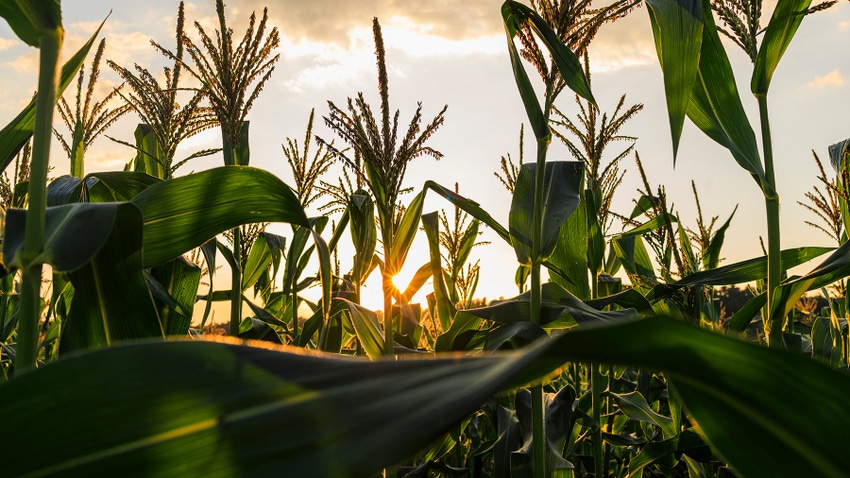Will new farm bill revise reference prices?
House conservatives oppose new spending on farm subsidies.

Six Republican congressmen penned a letter to House Agriculture Committee Chair Glenn “GT” Thompson and Ranking Member David Scott this week emphasizing their “strong opposition” to a potential crop reference price increase.
Congress last established reference prices, the price for covered commodities, in Title I of the 2014 Farm Bill. Those prices are used to determine payments in the Price Loss Coverage and Agriculture Risk Coverage programs. The 2018 Farm Bill established a variable “effective reference price” that adjusts benefits received based on market conditions.
Currently, the effective reference price formula is the greater of the reference price or 85% of the market year average price over the proceeding five years. Many farmers contend this formula does not adequately cover their needs.
While acknowledging farmers face “unique risks,” the six Republican lawmakers point out in their letter that the current farm safety net already provides significant tools to help producers. The lawmakers also note USDA has provided more than $120 billion in support over the last five years.
“At a time when we must be taking steps to reduces federal spending, we oppose any effort to increase spending on farm subsidies through reference price increases beyond the 2018 Farm Bill status quo, and we ask that you maintain existing reference price limits in the next farm bill,” the Representatives say in their letter. “While inflation has increased the cost of farming, farm businesses are expected to earn more than $140 billion in net farm income in 2023, or the second highest level of net farm income ever recorded by USDA.”
The letter was signed by Reps. Alex Mooney, R- W.V, Andy Ogles, R- Tenn., Andy Biggs, R- Ariz., Carol Miller, R- W.V., Nancy Mace, R-S.C., and Brian Mast, R- Fla.
Agriculture Secretary Tom Vilsack regularly points out that while overall farm income is high, the vast majority of profits only go to a small percentage of large producers. He notes that while many would like to see higher reference prices, securing funding for it is a daunting challenge.
Republicans have repeatedly proposed repurposing money from conservation and nutrition programs to boost other farm bill programs. Vilsack and Democrat members of the Congressional Agriculture Committee have repeatedly shot that idea down.
Democrats contend they already negotiated a deal with Republicans on Supplemental Nutrition Assistance Program funding when they passed a bipartisan deal to lift the debt ceiling last June. Many Republicans counter they are not obligated to recognize any so called “side deals” brokered by former Speaker Kevin McCarthy.
During remarks at the American Farm Bureau Convention this week, Vilsack suggested it may take creative opportunities outside the farm financing system to bring farmers more assistance. Long-term, this could include creating new revenue opportunities through climate smart and sustainable agriculture programs.
Earlier this month in a letter to her committee colleagues, Senate Agriculture Committee Chair Debbie Stabenow suggested giving farmers more options to meet their needs. She said she would be open to reference price adjustments, noting that the effective reference price for Price Loss Coverage increases support to farmers in a market-oriented fashion.
“This means that under existing law, half of the program crops and more than 90% of the program acres are going to see an automatic 10-15% increase in their reference price over the next few years,” Stabenow said. “I am open to proposals that would make sure every covered commodity receives an increase under an ‘effective reference price.’”
While others debate over how to best support struggling farmers, the six Republicans lawmakers say it all comes down to one overriding issue: They promised to reduce spending, so now is not the time to increase federal spending. This position once again highlights just how hard it may be to pass a farm bill through an almost evenly divided Congress.
About the Author(s)
You May Also Like





